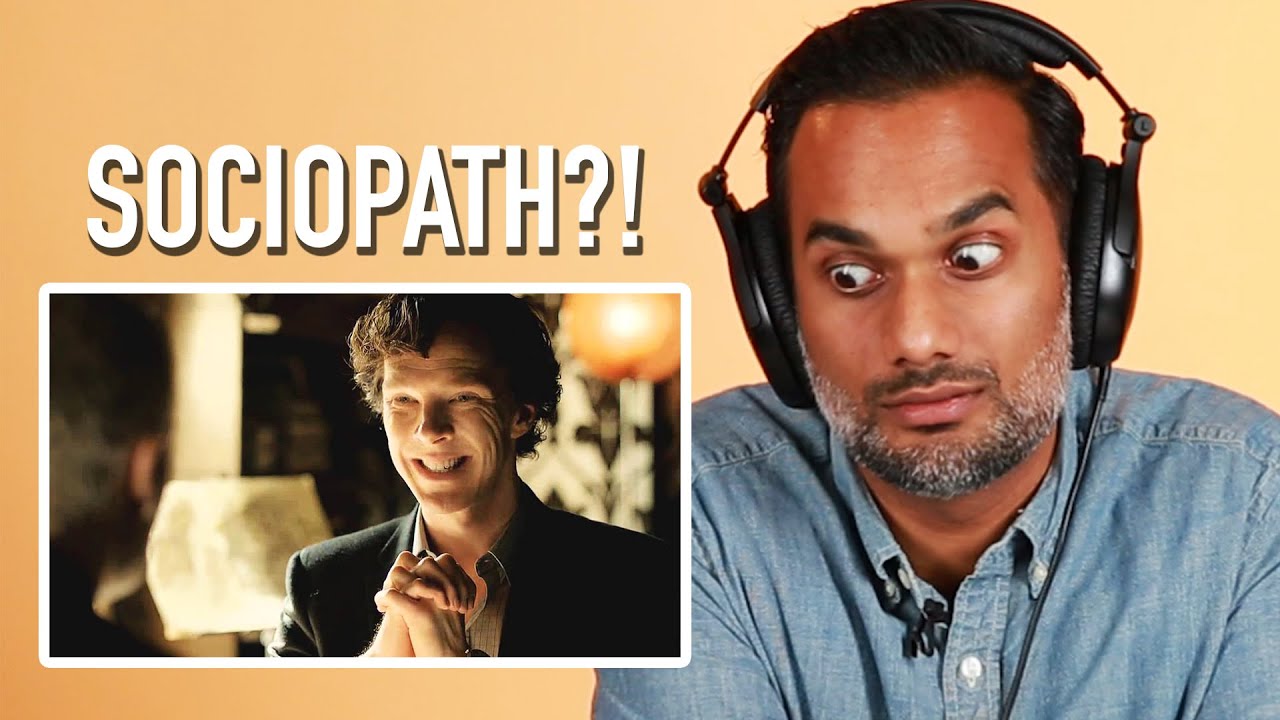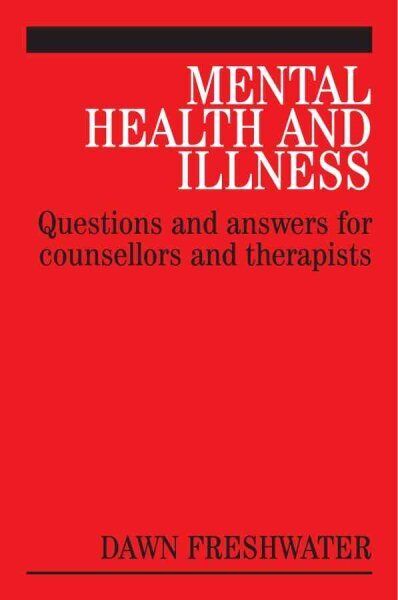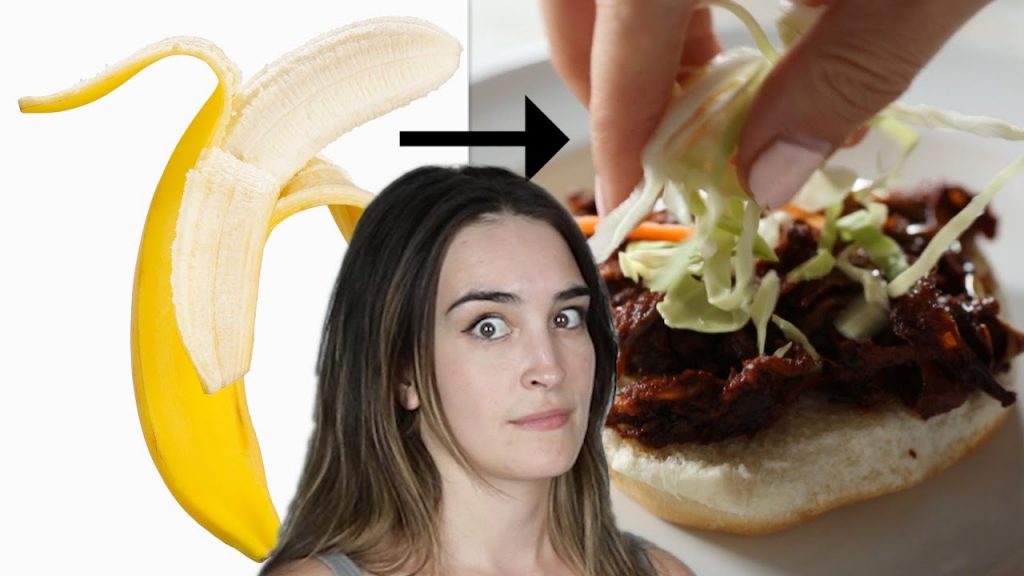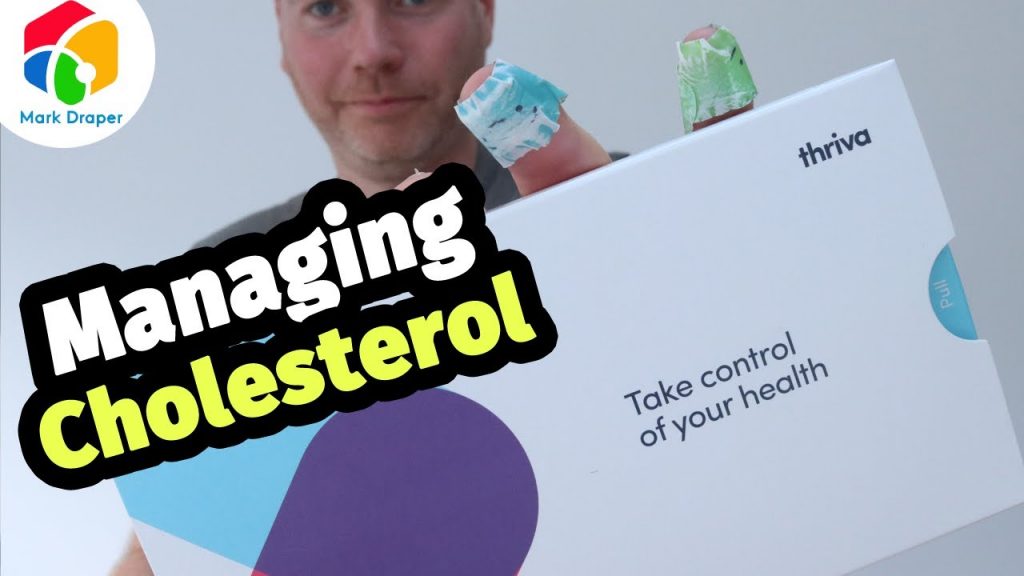Real Psychologist Reviews Mental Illness In Movies

What a a real psychologist thinks of how mental illness is portrayed in movies.
Dr. Ali Mattu, clinical psychologist at the Columbia University Medical Center, takes a look at how mental illness is depicted in pop culture and tells us how accurate they really are.
The perpetuation of existing stigmas surrounding mental health is fueled by inaccurate or harmful depictions of mental illness in movies and TV shows.
Psychology and movies go hand in hand, and the depiction of mental illness in movies has been a subject of debate for a long time. While some films are applauded for their accurate portrayal of mental health issues, others are heavily criticized for perpetuating incorrect stereotypes and misinformation.
Hollywood has a long history of using mental illness as a plot device to add drama and intrigue to a story. It’s a trope that has been used for years, with films such as The Silence of the Lambs, One Flew Over the Cuckoo’s Nest, and A Beautiful Mind all featuring characters with mental health disorders. But how accurate are these depictions, and what impact do they have on the public’s understanding of mental illness?
As a real psychologist, I have watched countless films and TV shows that depict mental illness. Some of these depictions have been positive, while others have been incredibly harmful. One of the biggest issues with how mental illness is portrayed in movies is the perpetuation of negative stereotypes. For example, many films depict people with mental health disorders as dangerous or unpredictable, when this simply isn’t the case for the vast majority of people who live with these conditions.
One film that has been particularly criticized for its depiction of mental illness is Split. The film portrays a character with dissociative identity disorder (DID) who is portrayed as dangerous and violent. This depiction is incredibly harmful, as people with DID are no more likely to be violent than anyone else. In fact, people with mental health conditions are more likely to be the victims of violence than the perpetrators.
Another issue with how mental illness is portrayed in movies is the perpetuation of stigma. Films that depict people with mental health issues as “crazy” or “weird” can reinforce negative stereotypes and make it harder for people to seek help. Furthermore, films that focus on sensationalized aspects of mental illness, such as hallucinations or delusions, can give an inaccurate picture of what it’s really like to live with a mental health disorder.
There are, however, some positive examples of movies that accurately depict mental illness. Films such as Silver Linings Playbook and Perks of Being a Wallflower have been praised for their realistic portrayal of mental health issues. These films show the struggles that people with mental health conditions face, but also emphasize the importance of seeking help and finding a support system.
As a psychologist, it’s important to me that the public has an accurate understanding of mental illness. Movies and TV shows have a powerful impact on how people think about these issues, and it’s crucial that we push for more accurate and positive depictions of mental health in the media. By doing so, we can help reduce stigma and ensure that people with mental health issues are treated with the respect and care they deserve.










MUST DO TOTAL BODY 4MIN
Longest plank EVER – Guinness World Records
5 Beauty Tips You NEED to Know
Early Pregnancy Back Pain
BEST 15 min Beginner Workout for Fat Burning (NO JUMPING HIIT!!!)